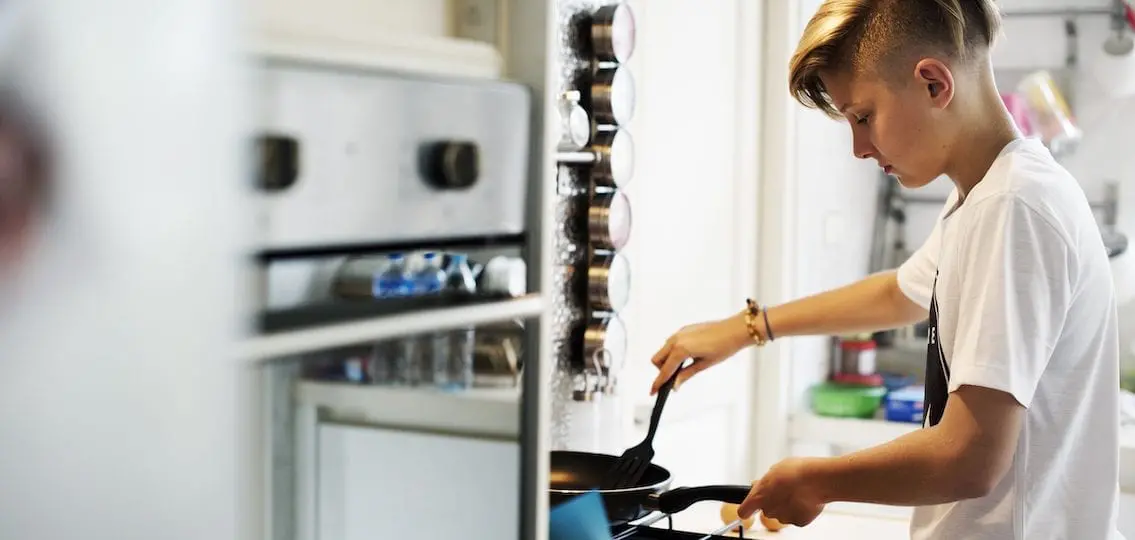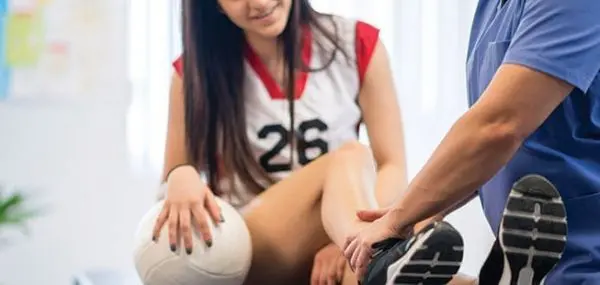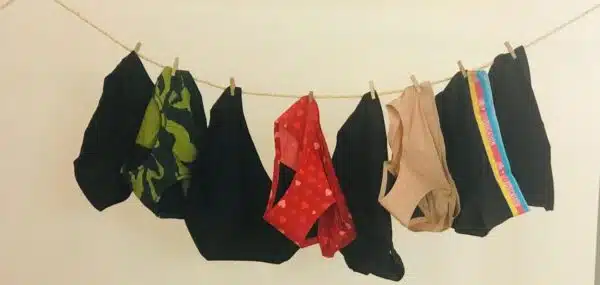It was a nearly picture-perfect Christmas morning—until I walked into the kitchen to check on the monkey bread I had spent a couple of hours preparing the day before. Imagine my surprise and dismay when I opened the oven door to find flames shooting up from the bottom of the oven!
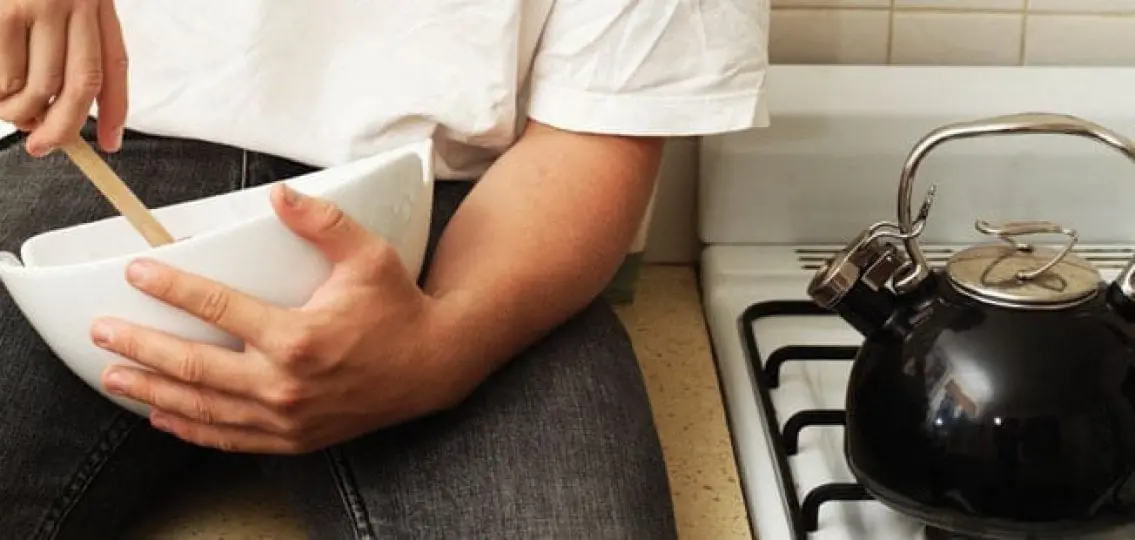
Thankfully, my husband had recently replaced our fire extinguishers and had the wherewithal to use one to manage the flames. The potential catastrophe was extinguished in a matter of seconds.
Although we were left with a powdery mess all over the kitchen and a non-working oven, I was grateful it wasn’t worse. It was an important reminder, though, of the potential dangers of cooking.
I’ve since learned that 41 percent of all house fires start in the kitchen and the number of home fires caused by cooking peaks over the Thanksgiving and Christmas holidays.
Experiencing a kitchen fire made me realize how little fire safety training my kids have received in recent years. Fire safety rules were a staple in elementary school, with field trips to fire stations and school visits from fire fighters. That tapered off as they got older, which seems counterintuitive.
Shouldn’t teens get more fire safety education as they start spending more time in the kitchen cooking for themselves?
My older kids use both the microwave and the oven on a regular basis. I’m usually close by when they’re cooking but that won’t always be the case. So I’m starting to remind them of things to think about when cooking, just like I sometimes narrate driving rules while chauffeuring them around. I want safety to become second nature, regardless of what they’re doing or whether I’m present to supervise.
With that in mind, here are some cooking safety rules I suggest reviewing with your kids.
Cooking Tips: Fire Safety For Teens
1. Know where the fire extinguishers are.
- Fire extinguishers should be strategically placed around the house, with an all-purpose one near the kitchen that can be used on grease and electrical fires.
- Home fire extinguishers are labeled with letters. B refers to flammable liquids like grease, gasoline, and oil. A multi-purpose fire extinguisher for the kitchen will be labeled A-B-C.
2. Practice using a fire extinguisher before there’s an emergency.
- Teach your kids the acronym PASS: Pull, Aim, Squeeze, Sweep.
- Practice outside! If your kids are like mine, they’ll actually enjoy this safety lesson. What’s not to like about pretending to be a fire fighter, spraying powder everywhere, and making a huge mess?
3. Know the basics of safe cooking.
- Do not put aluminum foil or any metal in the microwave.
- Always monitor cooking. (This includes the microwave!)
- Turn handles of pots inward so they won’t get tipped over.
- Don’t wear long, loose sleeves while cooking.
- Keep dish towels, paper towels and oven mitts away from stove burners.
- Be careful with boiling liquids that can splash back on you.
4. Know what to do if a kitchen fire occurs.
- Never put water on a grease fire. The fire can spread quickly.
- If the fire in the oven, leave the oven door closed and turn off the heat. Opening the door feeds the fire, which was my mistake during our kitchen fire.
- If a fire occurs on the stove top, turn off the burners. Cover the fire with a lid, if possible, to extinguish the fire.
- If a fire can’t be contained, call 911 first, then use the appropriate fire extinguisher, if possible.
- If you cannot safely extinguish the fire, evacuate everyone from the house immediately and wait outside for the fire department.
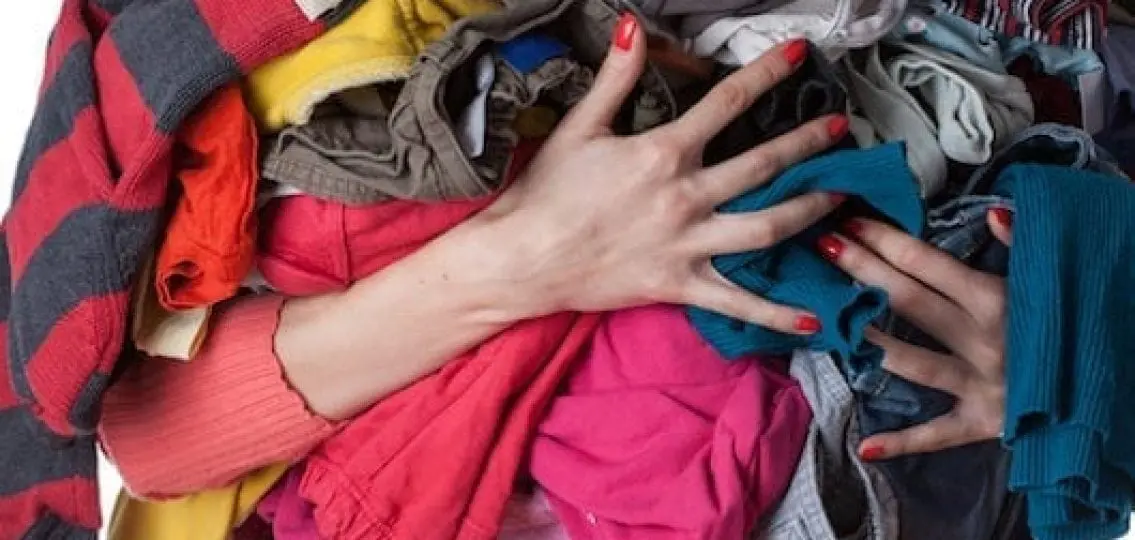
As my family learned, fires are scary even when they are small and easily contained. My instinct was to stand there in shock watching the flames, so I’m thankful my husband reacted quickly before the fire got out of hand.
Through fire safety training and ongoing discussions about safe cooking habits, I hope my teens will feel confident in the kitchen and avoid the simple mistake I made on Christmas morning.
